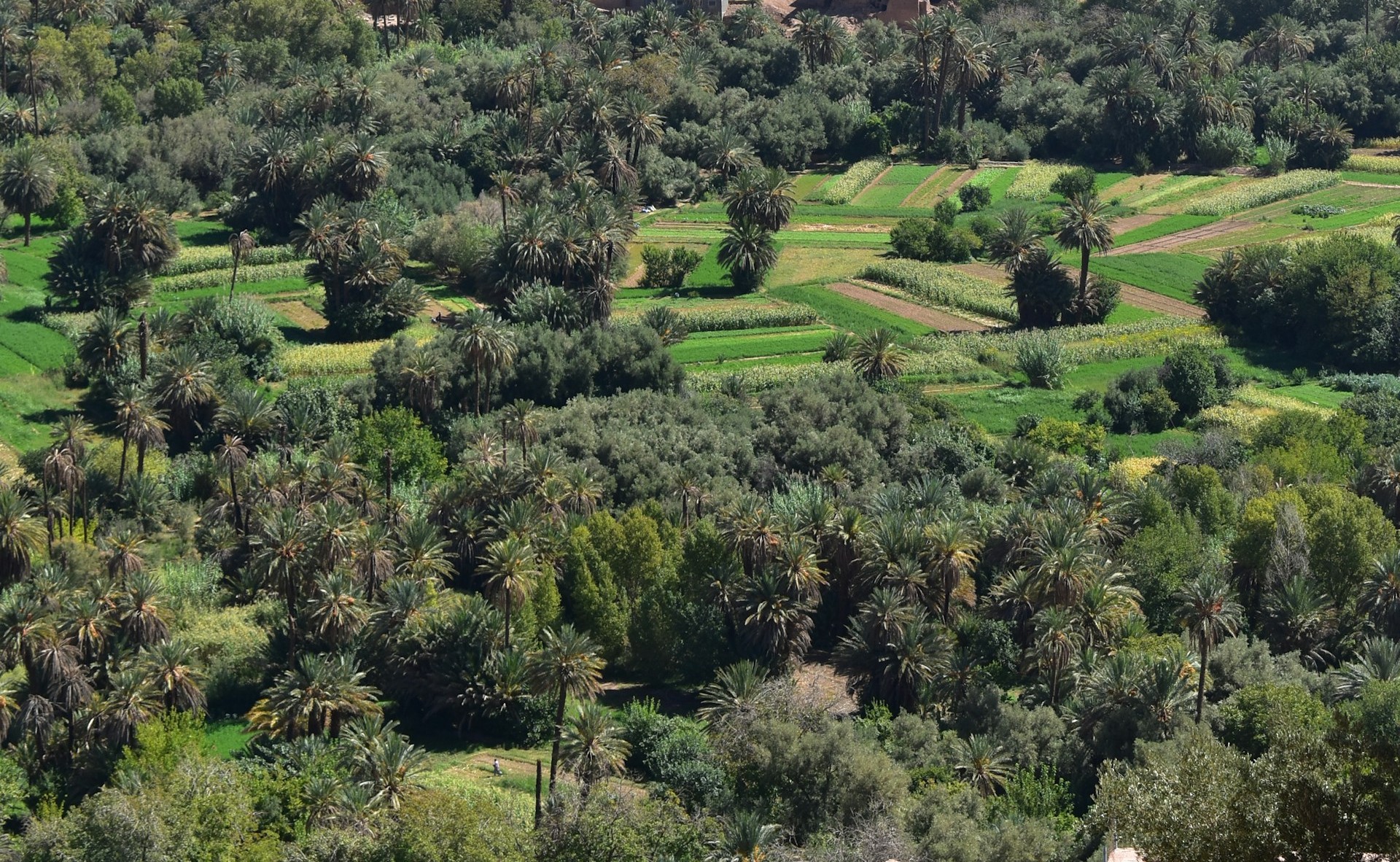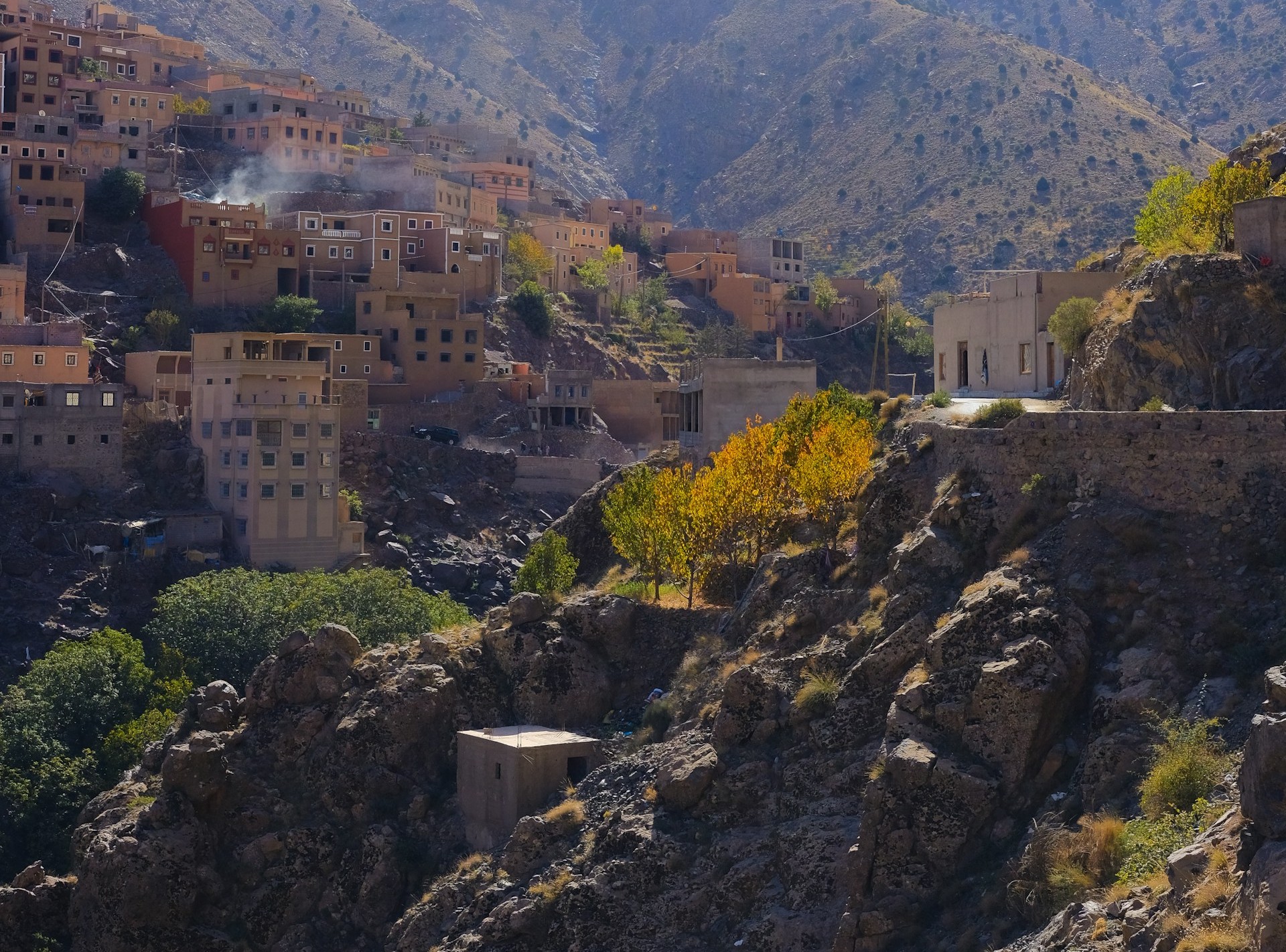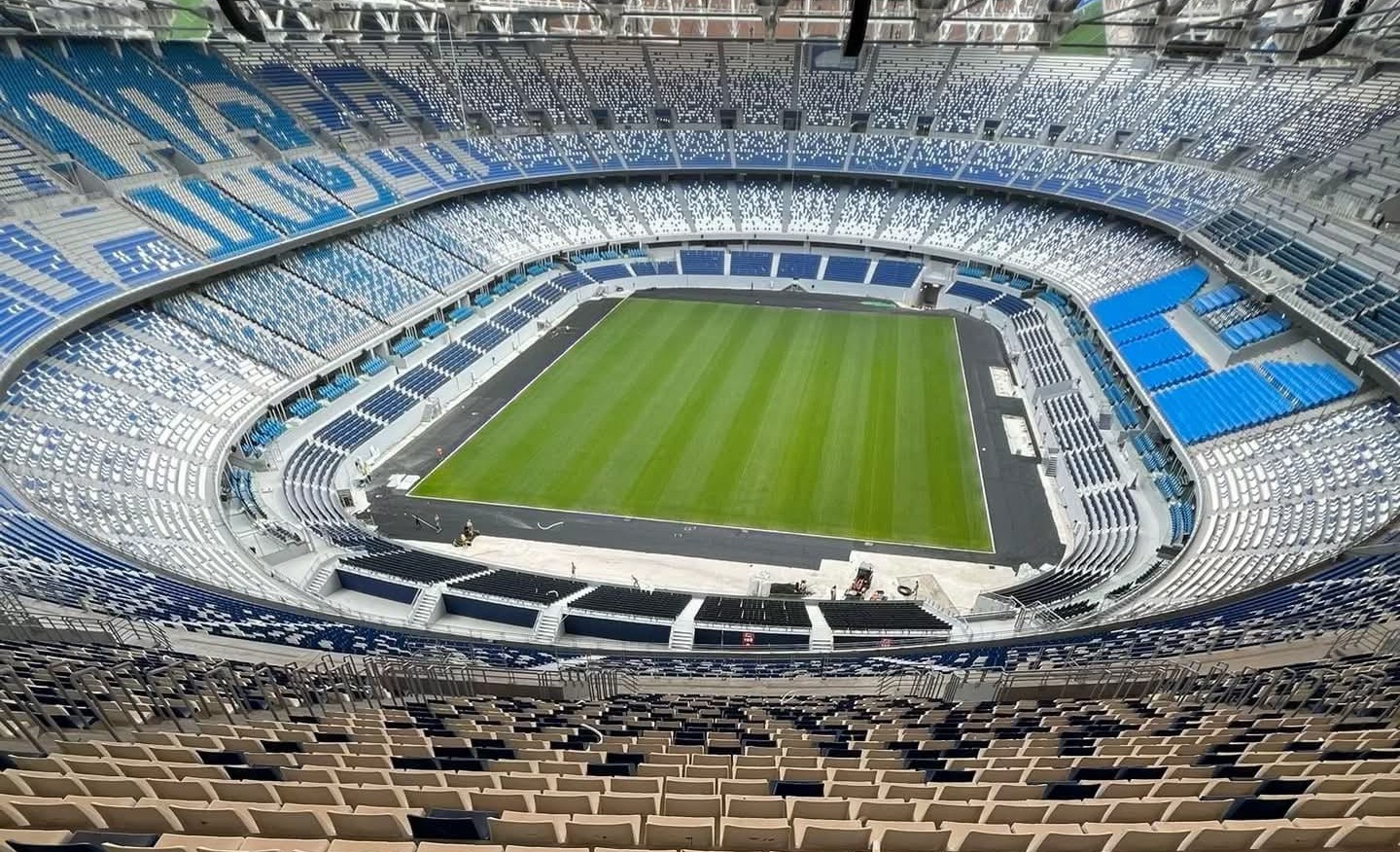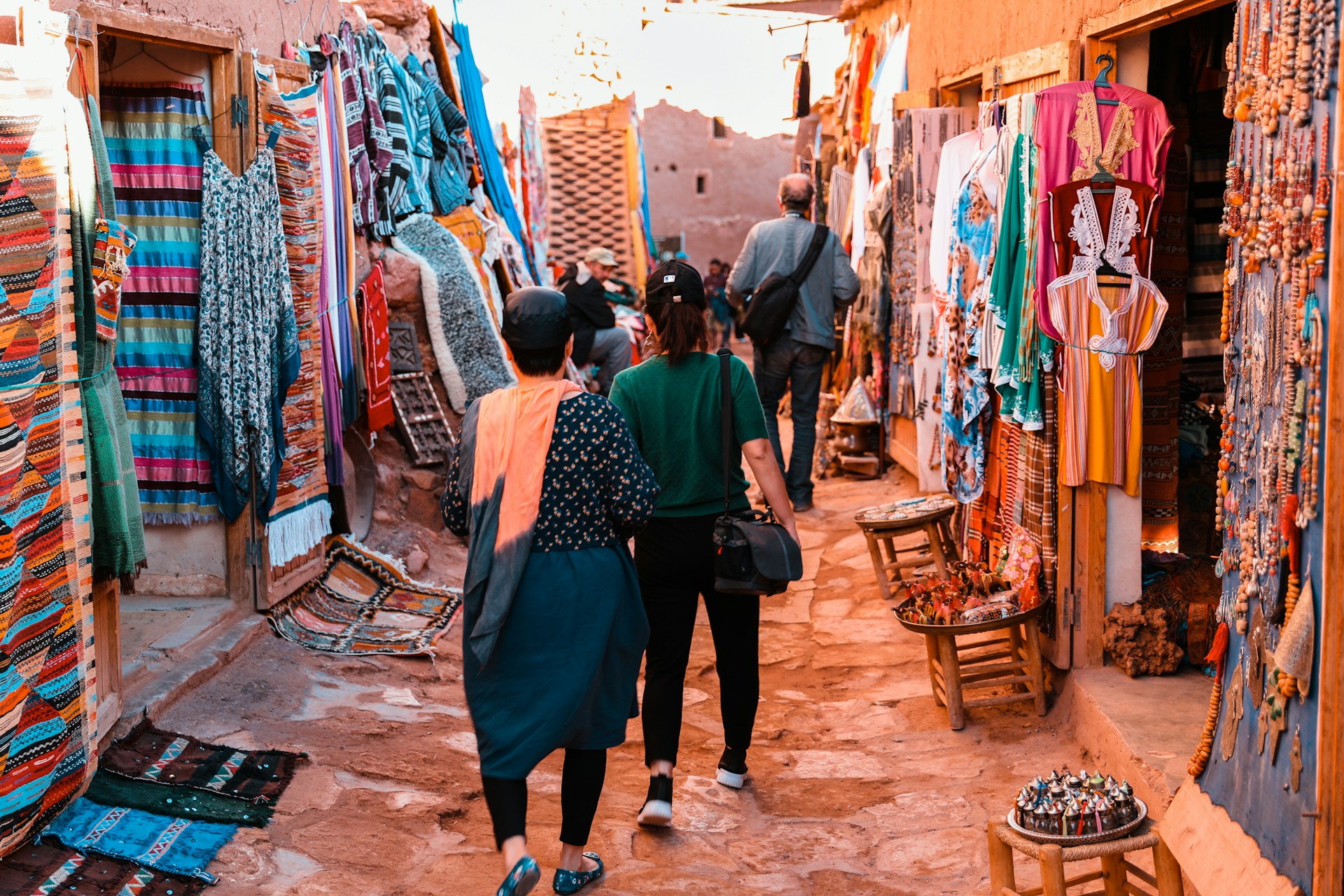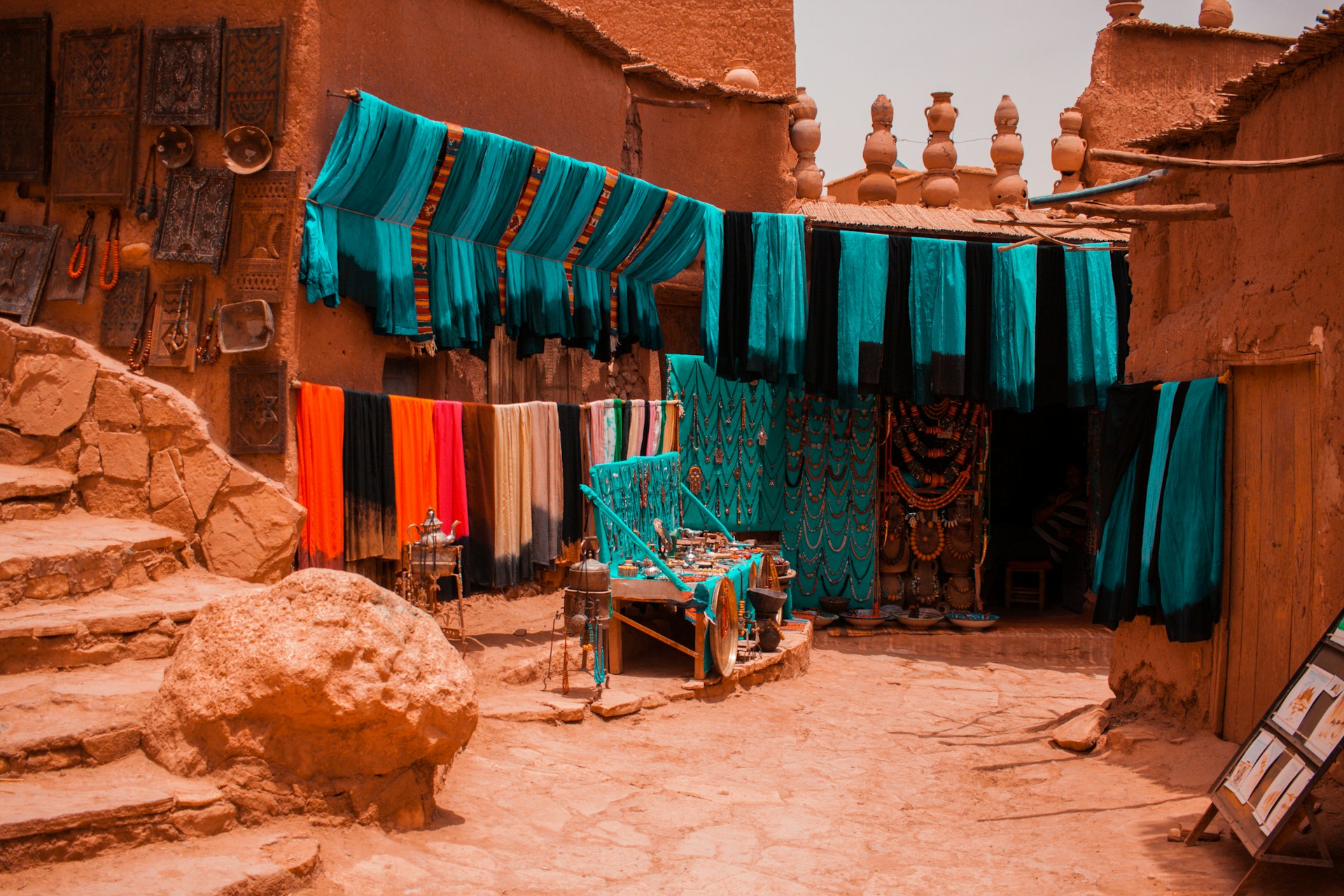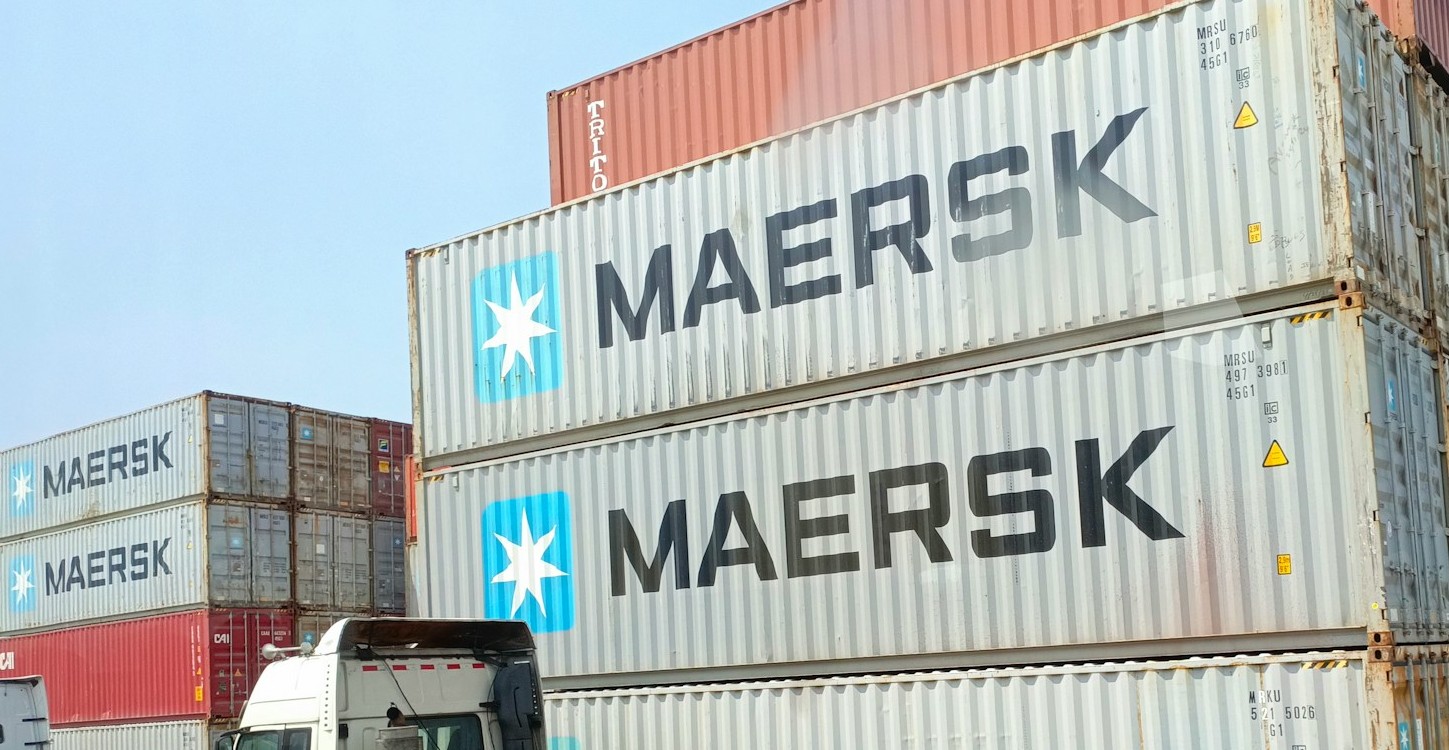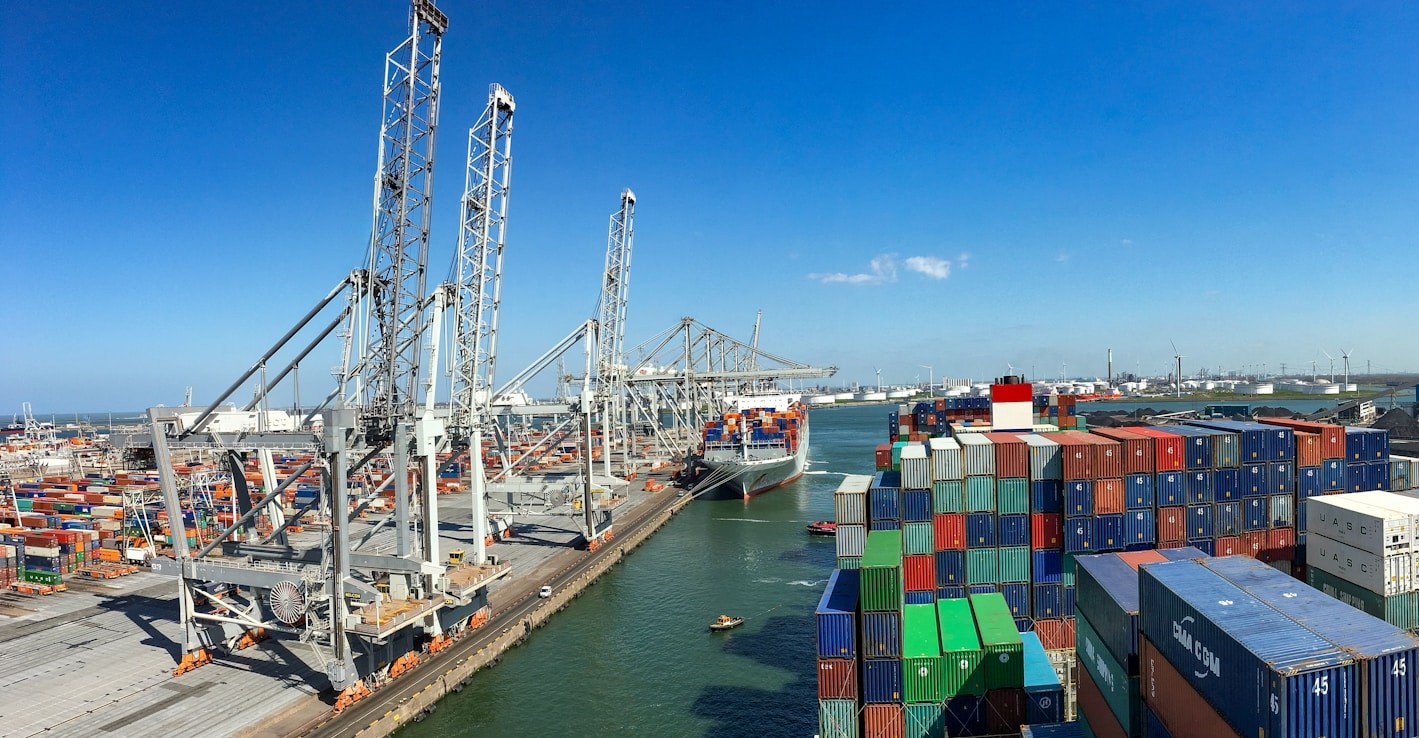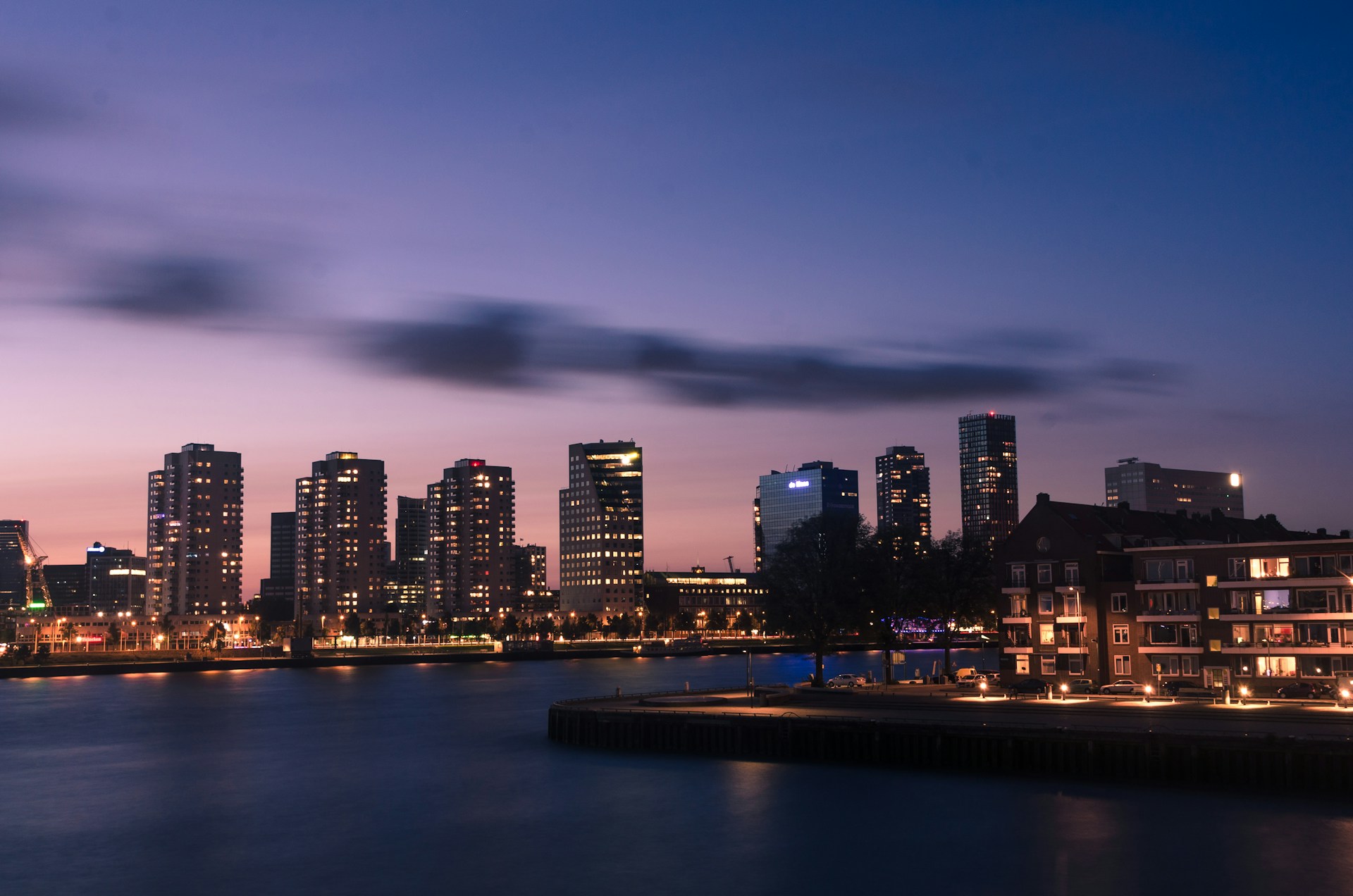Casablanca – Morocco has officially emerged as Africa’s top tourist destination, setting a new record with 17.4 million visitors in 2024. This remarkable achievement marks a 20% increase in tourist arrivals compared to the previous year, propelling Morocco ahead of Egypt (15.7 million), Tunisia (10.25 million), and South Africa (8.92 million). This surge in tourism signals not only the recovery of Morocco’s tourism sector post-pandemic but also its growing appeal on the global stage.
An unprecedented tourism milestone
Morocco’s remarkable growth trajectory is further highlighted by its early attainment of the tourism target originally set for 2026. The country had aimed to become the number one tourist destination in Africa by 2026, but it reached this milestone two years ahead of schedule. Looking ahead, Morocco now targets an ambitious 30 million visitors by 2030, fueled by its co-hosting of the 2030 FIFA World Cup with Spain and Portugal. This high-profile event is expected to provide a significant boost to the country’s infrastructure, hospitality sector, and overall tourism experience, helping Morocco sustain its momentum in the coming years.
Key factors behind Morocco’s tourism surge
Several factors have contributed to Morocco’s ascent as Africa’s most popular destination, including strategic investments in both transportation and the hospitality sector.
- Increased air connectivity
One of the primary drivers of Morocco’s tourism growth has been the expansion of air connections, which has made the country more accessible, particularly to European tourists. Budget airline Ryanair significantly increased its flight offerings to Morocco, improving travel options for European visitors. Similarly, United Airlines launched a direct flight between New Jersey and Marrakech, further enhancing access for American travelers. - Growth in high-end hospitality
In parallel with improved air connectivity, the expansion of the hospitality sector has also played a crucial role in attracting a wide range of tourists. Prestigious hotel brands such as Nobu and Four Seasons have made substantial investments in Morocco, bringing in luxury tourists who seek exclusive experiences. These investments help cater to high-end travelers and further solidify Morocco’s position as a premier tourist destination. - Record-breaking tourism revenue
The surge in tourist arrivals has translated into impressive economic benefits for Morocco’s tourism industry. In 2024, the country’s tourism revenue reached a record $11.55 billion, marking a 43% increase from 2019 and a 7% rise from 2023. This surge in revenue underscores the robust growth of Morocco’s tourism sector, which is poised to continue benefiting from increasing visitor numbers. However, despite these impressive figures, Morocco still lags behind Egypt in terms of overall tourism revenue, with Egypt earning $14.79 billion compared to Morocco’s $11.55 billion.
The key reason for this revenue gap is the difference in the average length of stay between the two countries. Egypt recorded 151 million overnight stays in 2024, significantly more than Morocco’s 28.3 million stays. The shorter duration of stays, particularly from European travelers, limits Morocco’s ability to generate higher revenue per visitor, highlighting an area of focus for future growth.
European tourists and the Moroccan diaspora
Morocco’s tourist base is predominantly European, with Europeans accounting for 80% of foreign visitors. France remains Morocco’s largest market, with 2.42 million French tourists visiting the country in 2024. Spain follows closely with nearly 2 million visitors, while the UK saw the highest growth rate in 2024, with a 47% increase in British visitors.
In addition to European tourists, Moroccan expatriates (MRE) play a significant role in the country’s tourism success. MRE visitors make up 49% of the total arrivals, with 3.37 million coming from France and 2.01 million from Spain. The Moroccan diaspora continues to be a key driver of tourism, especially during the peak summer months and holiday seasons.
Domestic tourism and growth beyond Marrakech and Agadir
While international tourism has been a driving force behind Morocco’s success, the country is also experiencing impressive growth in domestic tourism. The number of local overnight stays increased by 274% in 2024, reaching 8.5 million. This surge in domestic tourism reflects a growing appreciation for local travel and exploration, as Moroccans seek to experience the country’s rich cultural and natural diversity.
Moreover, while Marrakech and Agadir remain the primary tourist hubs, Morocco is actively working to diversify its destinations and reduce its reliance on these two cities. Together, Marrakech and Agadir attract over 4 million visitors each year, but the country is focusing on promoting other regions, such as Fez, Tangier, and the Atlas Mountains, to encourage broader exploration beyond these well-known destinations.
Looking ahead: Ambitious goals for 2030
Despite its impressive performance in 2024, Morocco’s tourism strategy is far from static. The country’s goal for 2030 is to continue developing a more profitable tourism sector by extending the duration of visitors’ stays and diversifying its tourist offerings. The focus will be on attracting tourists from outside of Europe, particularly from emerging markets in Asia and North America, to reduce dependency on traditional European markets.
In addition to increasing the number of visitors, Morocco aims to boost the quality of tourism by offering more immersive cultural experiences, focusing on luxury travel, and providing a broader range of activities, from desert adventures to cultural heritage tours. With the right investments in infrastructure, hospitality, and marketing, Morocco is poised to maintain its position as Africa’s leading tourism destination while enhancing the economic impact of its tourism sector.
As the country moves toward its 2030 goal, the challenge will be to build on its successes and create a more sustainable, high-quality tourism industry that can compete with other major destinations in Africa and beyond.
